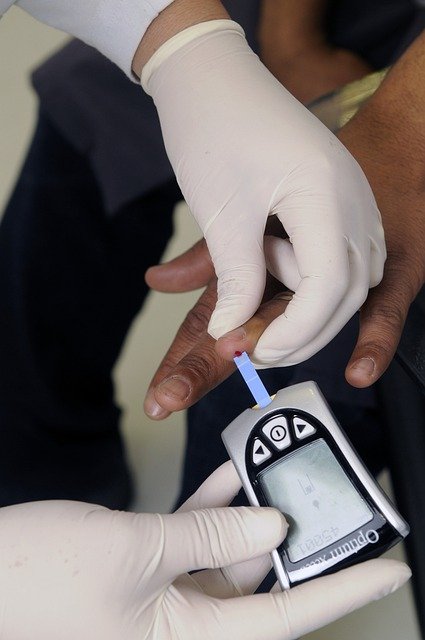A1c Levels: Understanding What They Mean for Blood Glucose
A1c, often written as HbA1c, is a blood test that estimates average blood glucose over the previous two to three months. Clinicians and people monitoring diabetes use it to assess long-term glucose control rather than day-to-day fluctuations. Knowing what A1c measures, how testing is performed, and what factors can affect results helps put a single number into context for overall health and care decisions. This article explains A1c testing, typical interpretation, limitations, and practical steps people can discuss with their healthcare team.

This article is for informational purposes only and should not be considered medical advice. Please consult a qualified healthcare professional for personalized guidance and treatment.
What is A1c and how does it reflect blood glucose?
A1c measures the percentage of hemoglobin molecules in red blood cells that have glucose attached. Because red blood cells live about 8–12 weeks, the A1c reflects average glucose exposure over that period. It differs from daily fingerstick glucose checks, which show current levels. A1c is useful for identifying long-term trends: rising A1c indicates sustained higher glucose, while a stable lower A1c generally corresponds to improved long-term glucose control. However, A1c does not show short-term highs and lows or rapid changes.
How is A1c testing performed and what testing options exist?
A1c testing is done via a blood sample. Most testing is processed in a clinical laboratory from a venous draw, which offers high accuracy. Point-of-care devices, including some fingerstick tests and at-home kits, provide faster results but may vary in precision. Lab-based testing follows standardized methods and quality controls; if results are unexpected or inconsistent with daily glucose logs, repeating the test in a certified laboratory can help. Discussing the testing method with your provider or local services can clarify how results were obtained.
How are A1c results used in diabetes diagnosis and monitoring?
Clinicians use A1c alongside other tests when diagnosing diabetes and assessing risk. There are commonly accepted ranges that categorize results into lower-risk, higher-risk (often called prediabetes), and diabetes-level values; thresholds guide follow-up testing and management decisions. For monitoring, A1c helps evaluate whether lifestyle changes or medication adjustments are reducing average glucose. Providers usually combine A1c with self-monitoring or continuous glucose data to get a full picture of day-to-day variability and hypoglycemia risk.
What factors can affect A1c accuracy or interpretation?
A1c can be influenced by conditions that change red blood cell lifespan or hemoglobin structure. Examples include anemia, recent blood loss or transfusion, certain hemoglobin variants, kidney or liver disease, and pregnancy. Ethnicity and some genetic factors may also affect readings. Rapid changes in glucose control, such as starting new medication, may not be immediately reflected in A1c. When discrepancies arise between A1c and home glucose readings, clinicians may use alternative tests or repeat measurements to ensure accurate assessment.
How does A1c fit into broader health and diabetes management?
A1c is one tool among many for managing diabetes and related health risks. Lowering average glucose can reduce the risk of long-term complications, but safe management balances reduction of high glucose with avoidance of low glucose events. Strategies to influence A1c generally include consistent eating patterns, physical activity, medication adherence when prescribed, weight management, and addressing other health conditions like high blood pressure or cholesterol. Self-monitoring of glucose and periodic testing for A1c both contribute to informed decisions with healthcare professionals.
Conclusion
A1c levels offer a reliable snapshot of average blood glucose over months and play a central role in diagnosing and managing diabetes. Understanding how the test is performed, what the results indicate, and the factors that influence accuracy helps people interpret A1c in the context of overall health. Because A1c does not capture short-term glucose swings or every individual circumstance, it is best used together with daily monitoring, clinical assessment, and personalized advice from qualified healthcare providers.




